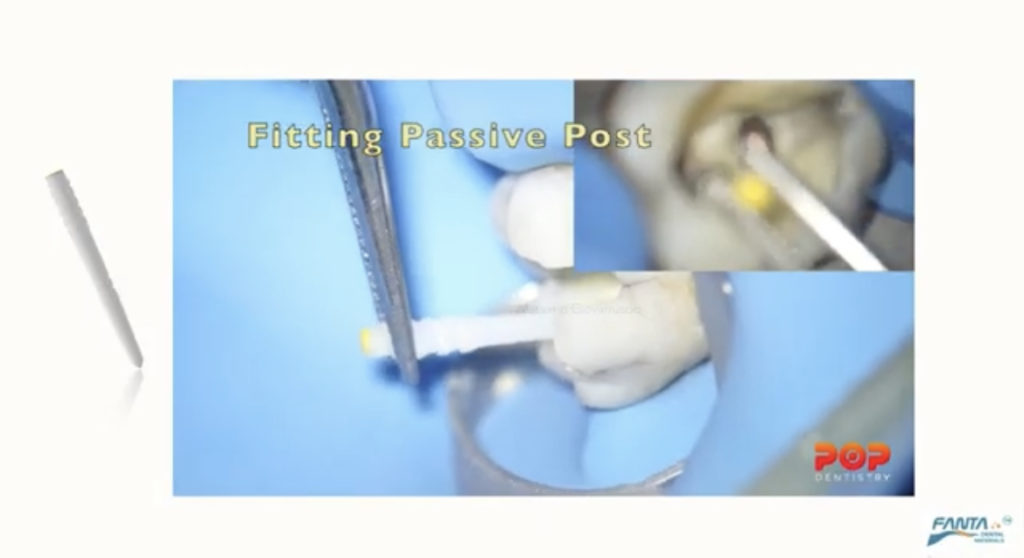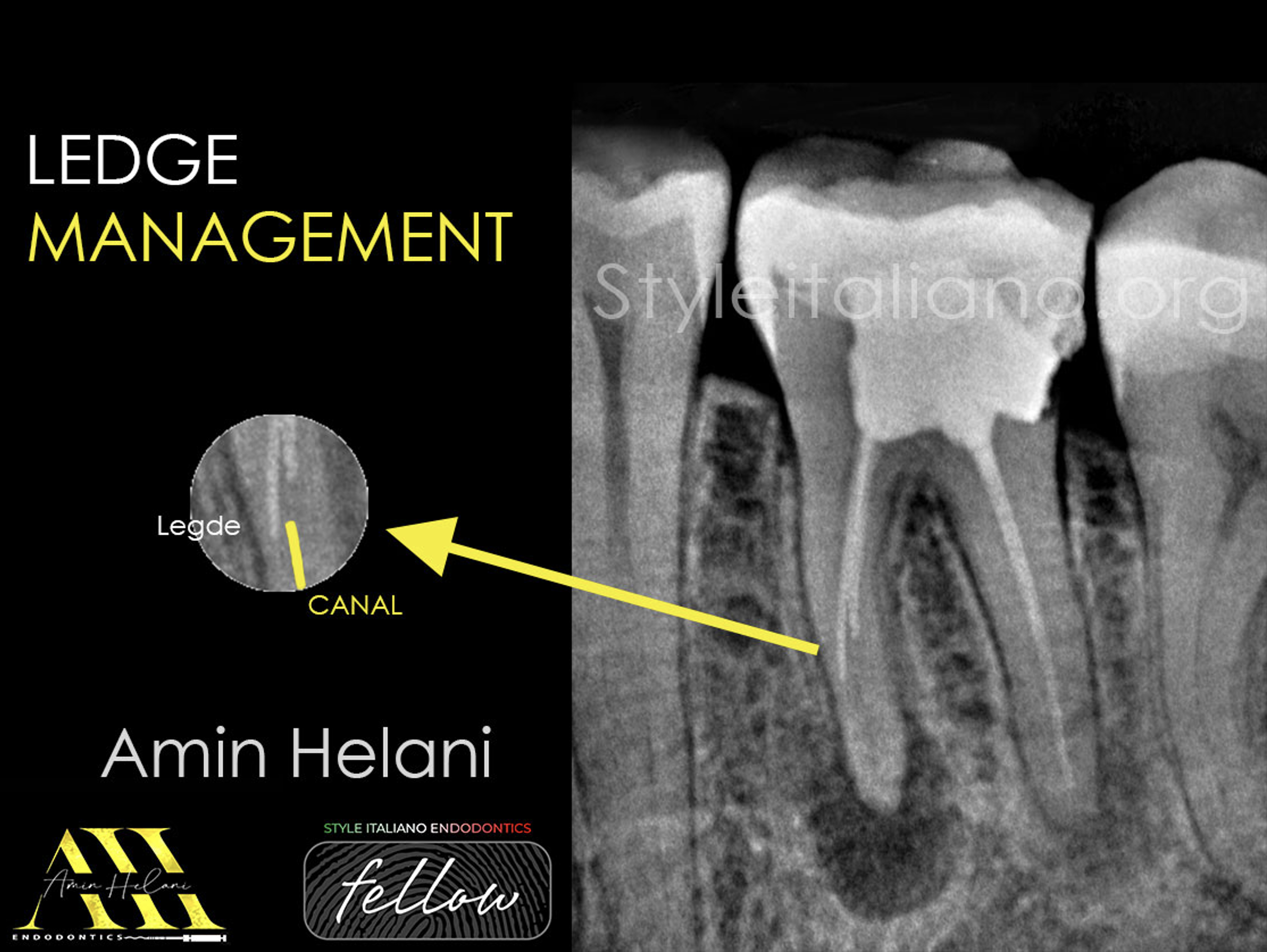
Post endo restoration with AF Fiber Post
22/06/2023
Massimo Giovarruscio
Warning: Undefined variable $post in /var/www/vhosts/styleitaliano-endodontics.org/endodontics.styleitaliano.org/wp-content/plugins/oxygen/component-framework/components/classes/code-block.class.php(133) : eval()'d code on line 2
Warning: Attempt to read property "ID" on null in /var/www/vhosts/styleitaliano-endodontics.org/endodontics.styleitaliano.org/wp-content/plugins/oxygen/component-framework/components/classes/code-block.class.php(133) : eval()'d code on line 2
The use intraradicular posts in root filled teeth has been an area of much discussion and controversy. It is imperative to acknowledge that the purpose of a post is to facilitate core retention; it does not increase the strength of the root or compensate for the absence of a ferrule effect. With the evolution of ever-improving adhesive materials, fewer teeth require posts, and when indicated, there is certainly no reason for additional dentine removal to be carried out to facilitate post-placement. Therefore, posts should be placed ‘passively’, without mechanical preparation of the root canal space.
In this article the author restore a molar with 3 thin walls. The fiber posts simnifically extend the time to restoration failure when the dental tissue left is lower then 50%. Therefore the post has been placed passively on the distal canal. The cusp protection is planned to increasing the fracture resistance.
Placing a fiber post is a technique sensitive procedure, due to the difficulty of placing the adhesive into the root canal, the high C-factor, the limited visibility and the need to select and applicate the correct luting system.
The use of adhesive technique into the canal is challenging due to the limited visibility. It’s also difficult to deliver properly primer, adhesive and dual composite.
The length of the post should be the same length of the crown or at least half the length of the root. Placing a deeper post increases the mechanical retention, but the adhesive procedures becomes more complicate. The microtubules are less when going to apical portion. The light curing is limited and the Configuration Factor increases drastically.
In the clinical video, the molar has been restored using Fanta AF Fibre Post. The post has Modulus of elasticity 20-30Gp and has a retentive screw design for a better mechanical retention into the “Monoblock”. The Fanta AF Fibre Posts have different size to satisfy all clinical situations.
The post space should be not enlarged to fit the glass fibre post. The operator should fit a post that fits passively into the canal. This conservative rule increases the strength of the tooth.
The video shows how the post space is cleaned and prepared with adhesive technique (Etching, Primer and Bonding). the final step to restore the tooth using a glass fibre post and dual composite. It is important to restore the tooth with incremental steps. This procedures reduces composite shrinking significantly.
Conclusions
Adhesive luting of fibre posts inside the root canal should form a so called “monoblock” (Tay & Pashley 2007). The similar elastic moduli of post, luting material and dentine results in more uniform stress distribution, and therefore, significantly reduced the occurrence of root fractures. The vantage of Fanta AF Fibre post is not only the retentive screw design but also the similar elastic moduli of the dentin.
The use of adhesive techniques for post placement, permits also a preservation of the maximum amount of dentine are recommended
Bibliography
1. Bhuva B, Giovarruscio M, Rahim N, Bitter K, Mannocci F. “The restoration of root filled teeth: a review of the clinical literature” Int Endod J. 2021 Apr;54(4):509-535. doi: 10.1111/iej.13438. Epub 2021 Jan 5. PMID:33128279.
2. Ivanovic Coniglio, Elisa Magni, Cecilia Goracci, Ivana Radovic, Carlos Augusto Carvalho, Simone Grandini, Marco Ferrari “Post space cleaning using a new nickel titanium endodontic drill combined with different cleaning regimens” J Endod 2008 Jan;34(1):83-6.
3. Tay FR, Pashley DH. "Monoblocks in root canals: a hypothetical or a tangible goal." J Endod. 2007 Apr;33(4):391-8


